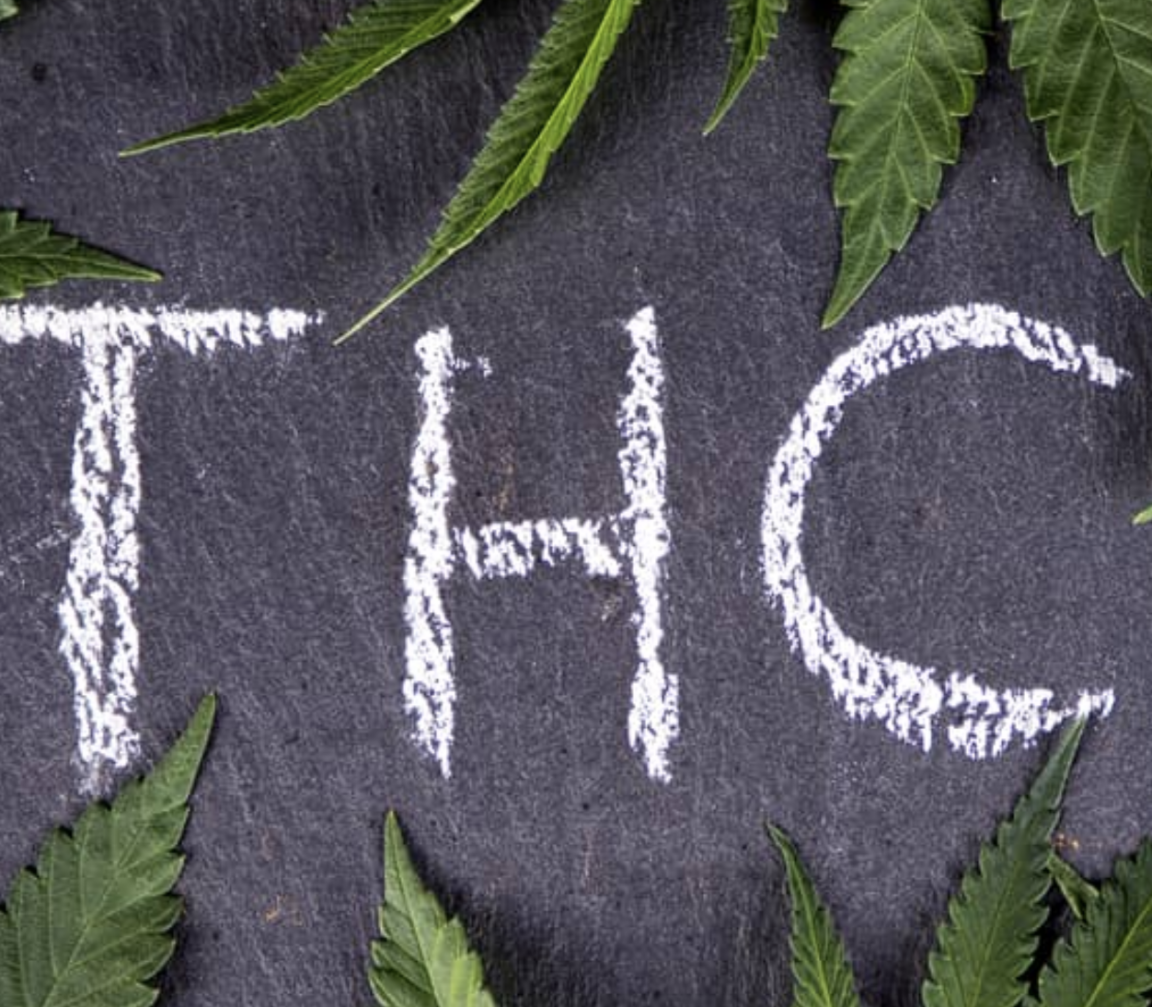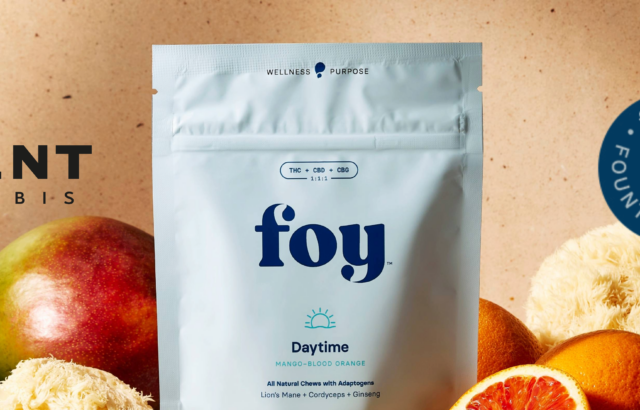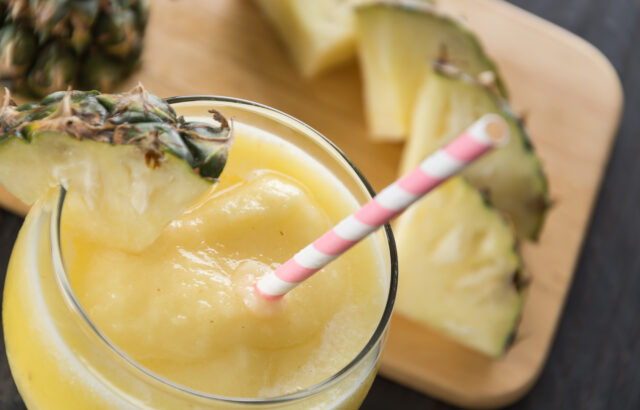While THC is responsible for the psychoactive effects of marijuana, many other cannabinoids can contribute to your experience, and they do so in unique ways. Instead of focusing on THC content alone, look for other Indica vs. sat iva characteristics like terpene profiles and cannabinoid ratios (THCA/CBDA). The thing is that THC content isn’t everything when it comes to cannabis; in fact, it’s not even close.
The reason is simple: Terpenes and cannabinoids affect how the plant interacts with our brain chemistry — and so does the environment in which it is grown and harvested. Terpenes are aromatic compounds found in plants that give each strain unique flavors and aromas (think lemons vs. oranges).
What is Considered High THC Cannabis?
There isn’t a definition of high THC content in a strain, but experts generally agree that anything over 20% is considered high potency. The average marijuana strain contains between 5-15% THC.
Low THC vs. High THC: What Do They Mean?
Low THC vs. high THC refers to the ratio between CBD and THC in a strain or product. A high-THC item exceeds the average 15% THC content of most cannabis products. More than 25% THC would be classified as very high THC, and extracts may contain 50% or even as high as 90% THC.
Does High THC Marijuana Mean a More Potency?
Many people believe that the higher the THC content, the more intense the high. But this isn’t necessarily the case. The potency of your marijuana depends on the strain, not its THC content alone.
THC (or delta-9 tetrahydrocannabinol) is the active ingredient in cannabis responsible for getting you high. It’s also known as dronabinol.
A few different strains of marijuana are available, each with a different cannabinoid profile. CBD (cannabidiol) is one of these cannabinoids, and it has many medical benefits without getting you high at all! For example, CBD can help treat anxiety and depression, while THC can cause paranoia and anxiety.
Why Higher THC Cannabis is Not Always A Good Thing
While THC is the main chemical found in marijuana, it’s not the only one. There are over 100 chemical compounds in the plant that have been identified so far.
THC and CBD are the abundant cannabinoids found in cannabis, and they are responsible for many of the positive advantages of enjoying marijuana. But other cannabinoids also play a role in how you feel when you use marijuana.
A study completed by Colorado University found that more THC doesn’t mean better because the effects experienced were the same. One portion of the group had twice as much THC content in their blood, than the others, but both groups had the same level of high. Some people even report feelings of a “THC hangover” of sorts when over-consuming, although these are experiences are only documented anecdotally.
What Factors Contribute to High Cannabis Potency?
It’s a common misconception that THC is the only active ingredient in marijuana. There are hundreds of cannabinoids that produce different effects on the body.
But what factors contribute to potency?
1. Genetics
The most potent strains come from plants with high levels of tetrahydrocannabinol (THC) and low levels of cannabidiol (CBD) — or vice versa. Every plant has a unique genotype and phenotype that, depending on its growing conditions and environment, affects the strain attributes like structure, smell, color, and potency.
2. Growing Conditions
The environment plays a big role in the quality and quantity of your weed. The more sunlight and water the plant gets, the more THC it produces. If you’re growing in poor conditions, your weed might not be as potent as it could be if grown under better conditions. The overall quality produced depends on the humidity, soil acidity or alkalinity, temperature, and light.
3. Age
If you’ve been storing your stash for too long, it won’t be as strong as it once was — even if it was grown well. That’s because THC oxidizes when exposed to air and light over time, which makes it less potent than fresh buds.
Bust the High THC Myths Firsthand, Visit Our Site
When trying to determine whether or not a product is ideal for you, be sure that you consider the full range of characteristics rather than just one specific trait. THC content is not the only thing to consider when evaluating the effectiveness and suitability of a strain. Visit pa.getfluent.com to find out more and get your products.



